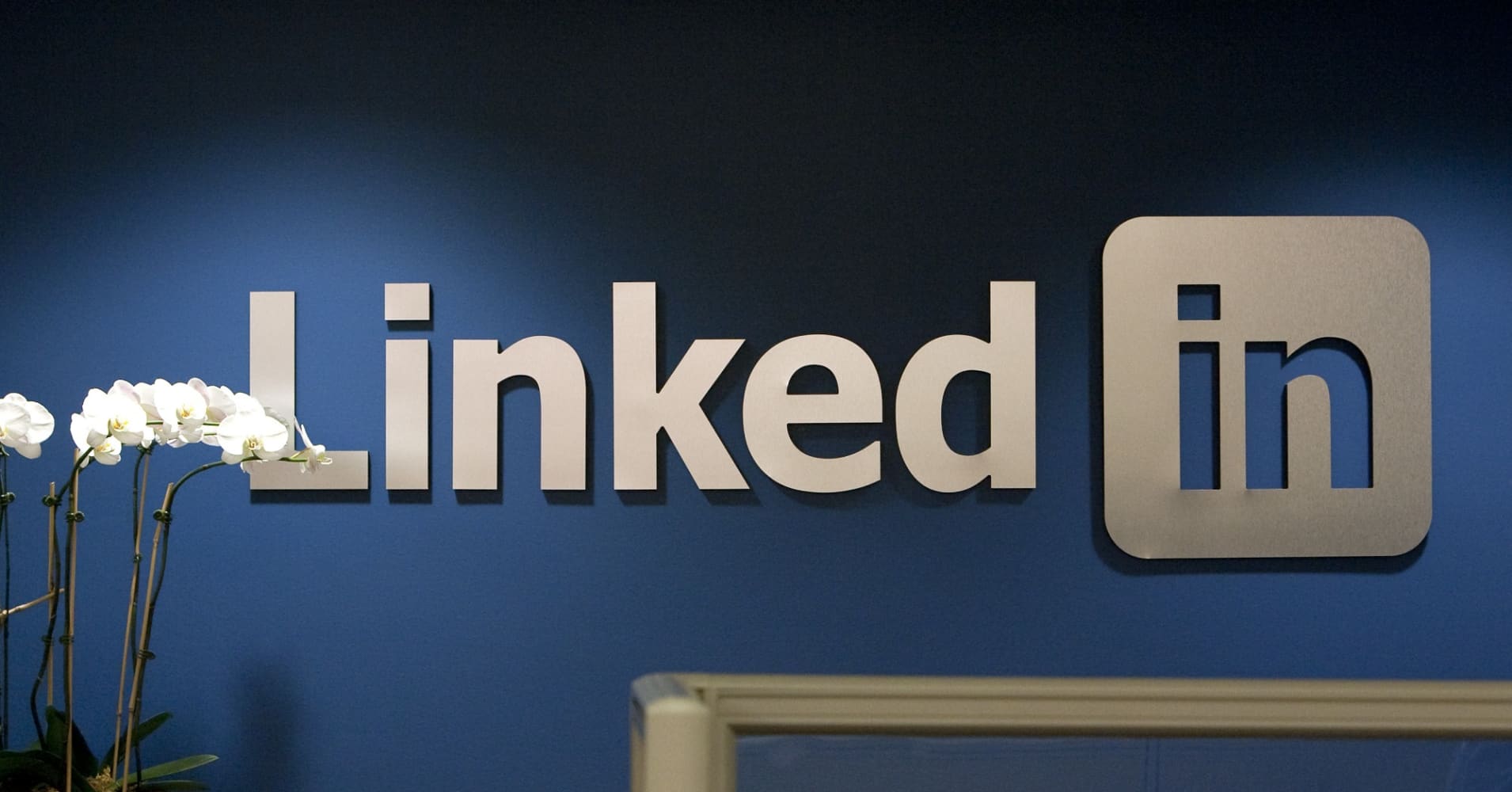
LinkedIn is a powerful tool for professionals seeking new opportunities and career advancement. To stand out in a competitive job market, it’s essential to optimize your LinkedIn profile to attract recruiters effectively. This guide offers in-depth strategies and actionable tips to help you enhance your profile and improve your visibility.
1. Craft a Compelling Headline
Your LinkedIn headline is one of the first things Recruiters see, so it must be compelling and keyword-rich. Instead of just listing your job title, use this space to showcase your unique value proposition and expertise. Incorporate relevant keywords that recruiters might use to find candidates with your skills.
Example: Instead of “Marketing Manager,” use “Experienced Marketing Manager | Expert in Digital Strategies & Brand Growth | Driving Results through Data-Driven Insights.”
2. Optimize Your Profile Summary
The summary section of your LinkedIn profile should provide a concise yet comprehensive overview of your professional background. Start with a strong opening that captures attention, followed by a summary of your key achievements, skills, and career goals. Use bullet points for readability and ensure to include relevant keywords.
Tips for a Strong Summary:
- Start with a Hook: Open with a compelling statement about your professional journey.
- Highlight Achievements: Include quantifiable achievements to demonstrate your impact.
- Showcase Skills: List your core competencies and expertise.
- Include a Call-to-Action: Encourage recruiters to connect or view your portfolio.
3. Showcase Your Experience
Detail your work experience with a focus on results and achievements. Use bullet points to highlight key responsibilities and accomplishments. Quantify your results wherever possible to provide concrete evidence of your impact.
Example:
- Role: Senior Software Engineer
- Company: Tech Innovations Inc.
- Responsibilities: Developed scalable software solutions, led a team of 5 engineers, and optimized application performance.
- Achievements: Increased system efficiency by 40%, reduced bug reports by 30%, and delivered projects 20% ahead of schedule.
4. Highlight Skills and Endorsements
Ensure that your LinkedIn profile features a well-rounded list of skills relevant to your industry. Regularly update this section to reflect your evolving expertise. Actively seek endorsements from colleagues and industry peers to add credibility to your skills.
Best Practices:
- Prioritize Key Skills: Focus on the skills most relevant to your career goals.
- Get Endorsements: Reach out to connections for endorsements to validate your skills.
- Stay Updated: Regularly review and update your skills as you gain new expertise.
5. Leverage Recommendations
Recommendations from colleagues, supervisors, or clients add significant value to your profile. They provide third-party validation of your skills and work ethic. Request recommendations from individuals who can provide specific and relevant feedback about your Performance.
Tips for Effective Recommendations:
- Be Specific: Ask for recommendations that highlight specific achievements or skills.
- Provide Guidance: Offer a template or key points to make it easier for the recommender.
- Reciprocate: Write recommendations for others to encourage them to return the favor.
6. Utilize the Featured Section
The Featured section allows you to showcase your best work, including presentations, articles, or project portfolios. Use this space to highlight your most impressive accomplishments and provide visual evidence of your expertise.
Examples of Content to Feature:
- Project Highlights: Share links or documents showcasing successful projects.
- Published Articles: Include any articles or blog posts you’ve written.
- Certifications and Awards: Display relevant certifications or industry awards.
7. Maintain an Engaging Profile Photo
A professional profile photo is crucial for making a positive first impression. Ensure your photo is high-quality, shows you in professional attire, and is appropriately cropped.
Profile Photo Tips:
- Dress Professionally: Wear attire suitable for your industry.
- Use a Clear Image: Ensure the photo is well-lit and focused.
- Maintain a Neutral Background: A simple background keeps the focus on you.
8. Customize Your LinkedIn URL
A customized LinkedIn URL not only looks more professional but also makes it easier for recruiters to find you. Personalize your URL to include your name or a professional identifier.
Steps to Customize Your URL:
- Go to your LinkedIn profile.
- Click on “Edit public profile & URL” on the right side.
- Click on “Edit your custom URL” and enter your preferred URL.
9. Engage with Relevant Content
Regularly engaging with industry-related content on LinkedIn helps demonstrate your expertise and keeps you visible to your network. Share insights, comment on posts, and participate in discussions to showcase your knowledge.
Engagement Strategies:
- Share Industry News: Post updates about trends and developments in your field.
- Comment Thoughtfully: Engage in meaningful conversations on posts related to your industry.
- Publish Articles: Write and share articles that highlight your expertise.
10. Join and Participate in Relevant Groups
Joining LinkedIn groups related to your industry or professional interests can expand your network and increase visibility. Actively participate in group discussions to build connections and demonstrate your expertise.
Group Participation Tips:
- Join Active Groups: Choose groups with active discussions and a large membership.
- Contribute Regularly: Share insights, answer questions, and engage with other members.
- Network Strategically: Connect with group members who align with your career goals.
By implementing these strategies, you can significantly enhance your LinkedIn profile and increase your chances of attracting recruiters. Remember, a well-optimized LinkedIn profile is a powerful tool for career advancement and networking opportunities.

